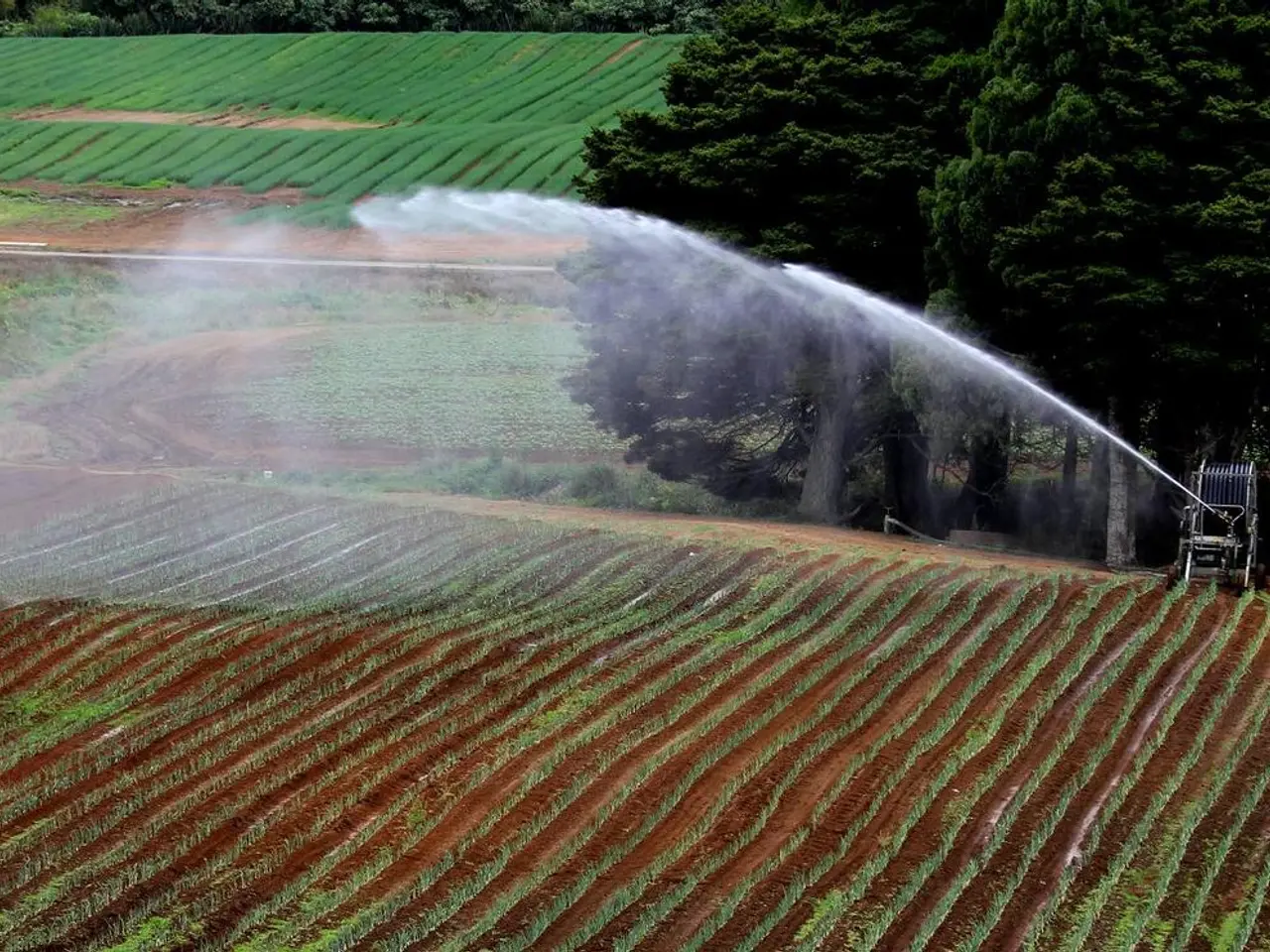Impacts of City Development on Farmland Property Prices
In the ever-evolving landscape of our world, the relationship between urbanization and farmland has become a pressing concern. Various factors impact the price of farmland, from location and soil quality to water availability, market trends, and rural development initiatives.
Understanding this relationship is essential for farmers, developers, and policymakers alike. Urbanization, or the growth of cities and the movement of people from rural areas to urban environments, significantly influences agriculture, affecting everything from food production to community sustainability.
One of the challenges posed by urbanization is the rising land prices, with wealthy developers eyeing agricultural fields for potential profits. This situation creates serious challenges for local farmers who struggle to compete. However, there are solutions on the horizon.
Local authorities can partner with farmers to create community-supported agriculture programs, encouraging consumers to buy directly from local farms. Additionally, some states have programs designed to support farmers through tax breaks. Incentives for farmers, such as these, can encourage them to retain their land, preserving the unique connection between cities and their agricultural roots.
Sustainable land use aims to balance the needs of urban growth and agricultural sustainability. Effective strategies include creating urban growth boundaries, which help define where cities can expand, and zoning laws, which protect agricultural areas from unwanted development. Zoning laws can also promote a more sustainable approach, ensuring that green spaces are integrated into new neighborhoods to maintain farmland and support local ecosystems.
Urban planners must consider agricultural space when designing new neighbourhoods, recognising the economic impact of urbanization on agriculture. With urban sprawl, farmland may be converted into housing developments or shopping centers, leading to job losses in rural areas and a weakening of the economic fabric of these communities.
A healthy agricultural sector supports not just farms, but entire communities. To preserve this, collective efforts are necessary. Community engagement is crucial in discussions on land use and planning, as citizens' input can highlight the value of preserving agricultural land. Educating communities about sustainable farming can build awareness of food sources and encourage residents to prioritize fresh, healthy options.
In Germany, political initiatives like the Hessian Agri-Environmental Program (HALM) and research initiatives at ZALF focus on sustainable soil management practices to maintain healthy soil for future agricultural productivity amid climate change. These initiatives exemplify targeted cooperation between farmers, authorities, and conservationists for species protection on farmland.
Striking a balance between growth and preserving farmland is essential for future generations. By understanding the effects of urbanization and taking proactive steps to protect agricultural areas from relentless development, we can ensure a sustainable future for both cities and the countryside. Collective efforts can lead to innovative solutions that benefit both urban inhabitants and those who cultivate the land. Calls for action are necessary to address these challenges, finding proactive strategies to protect agricultural areas from urban sprawl and safeguarding our food security for generations to come.








